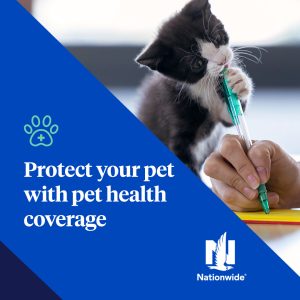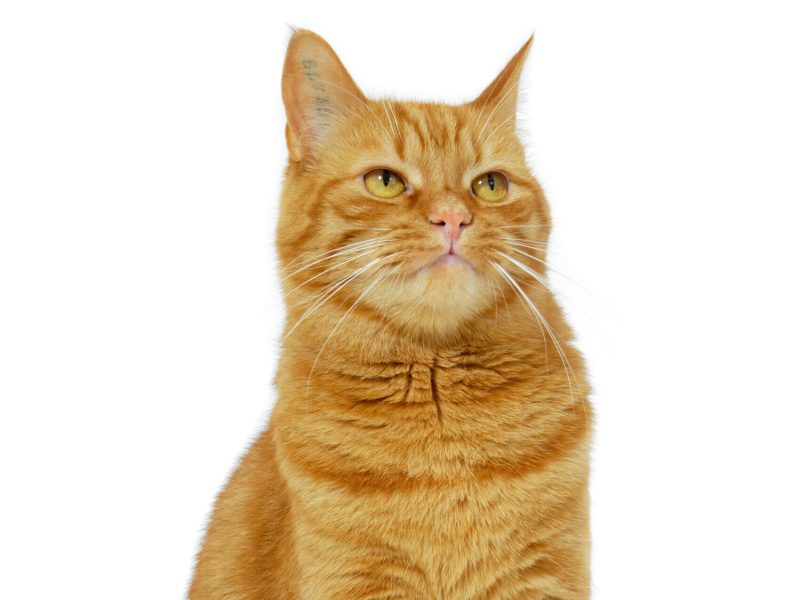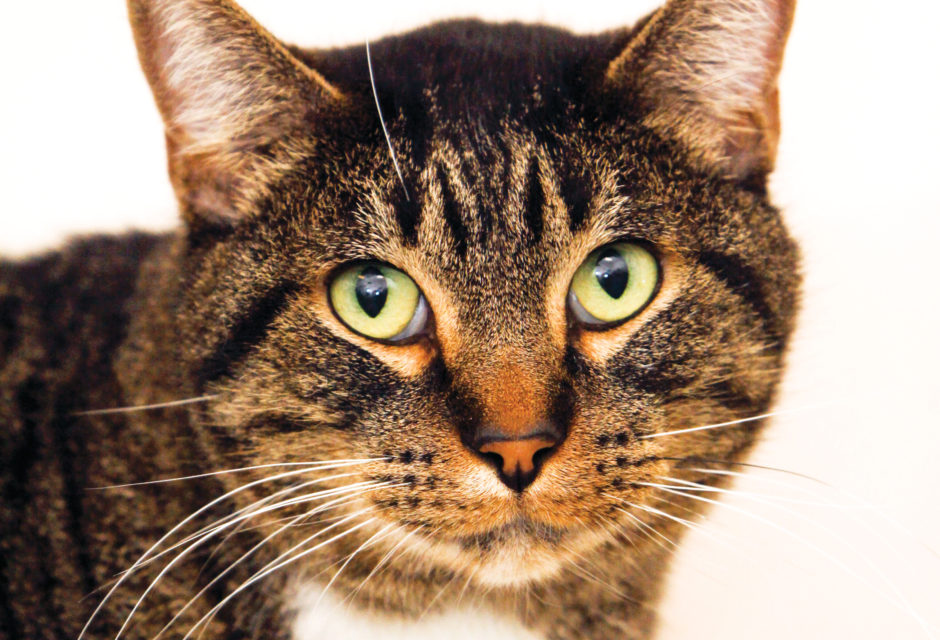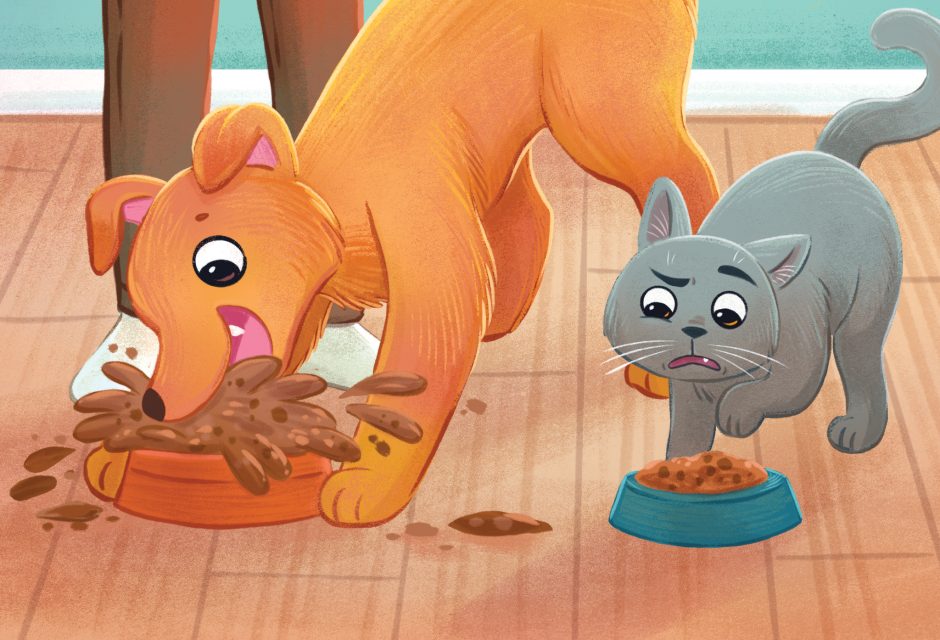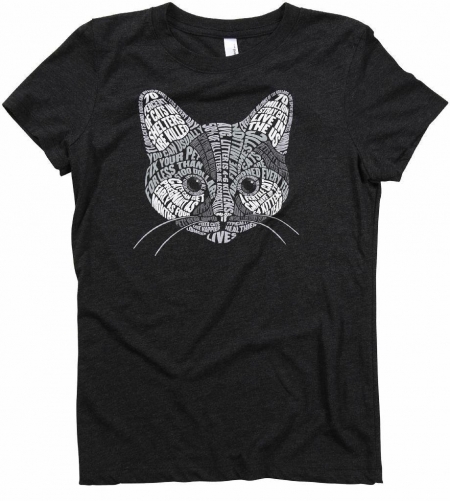

Is Pet Insurance Right for Your Cat? A Vet Weighs In
That dreaded sound.
It’s four o’clock in the morning, and you are peacefully asleep when it starts. It sounds like a cough, almost rhythmic. Then it grows in intensity with the strained augh at the end. Your sleepy brain starts to register. Oh! The cat!
You jolt out of bed, stumbling over the blankets, looking for Fluffy. Yep, you were right. Poor Fluffy is on the rug, retching violently.
“The rug, yuck, please onto the hardwood floor,” you cry and scurry behind her, trying to get her to move. But the vomiting episodes continue. There is no hope for your bedroom floor, and Fluffy is miserable. You try to be patient, but she is in distress. Your primary care vet isn’t open for hours. You take Fluffy to the nearest animal emergency room.
Thankfully, the ER has free coffee in the waiting room.
“What a morning so far! I’m beat,” you mumble to yourself while stirring your coffee.
The doctor comes out to speak with you. Fluffy is stable, but she has ingested a foreign body. They think it is a nut, an almond, perhaps? You keep listening, hoping the coffee helps. Then you hear it: It will be $3,000 to $5,000 for the surgery to remove…
Now, you are awake.
Emergencies happen, and the medical care needed in these situations is expensive. For most cats, these events are rare. If you’re fortunate enough to have some extra funds or credit to cover the sudden expense, you should be fine, and your cat will receive the care they need. But this is a lot of money for most people. I have seen families cancel vacations to care for their cat! I know how devoted we are to our felines.
Pet insurance premiums are calculated based on several factors, including the species, breed, age of the pet, and the cost of care where you live.
Perhaps it’s time to take a moment to consider what pet insurance is and if it would be helpful for your family. Pet insurance is becoming more common. There are approximately five million insured pets in the U.S. as of the 2022 census, and around a million of these pets are felines. Interestingly, the number of insured pets is increasing by about 20 percent each year, so more families are considering and purchasing insurance. Let’s take a look at some basics!
First, you will need to take the time to get quotes from a few companies for your specific cat. I’d encourage you to understand accident and illness and wellness, oh my! So many options, I know. You’ll need to decide if you want pet insurance for the rare emergency (accident) or for illness too (gastrointestinal issues, skin issues, cancer, etc.). Some companies offer wellness plans as part of their coverage. Wellness plans cover some portion of the cat’s yearly preventative care, such as physical exams, vaccinations, laboratory testing, and flea/tick/heartworm prevention.
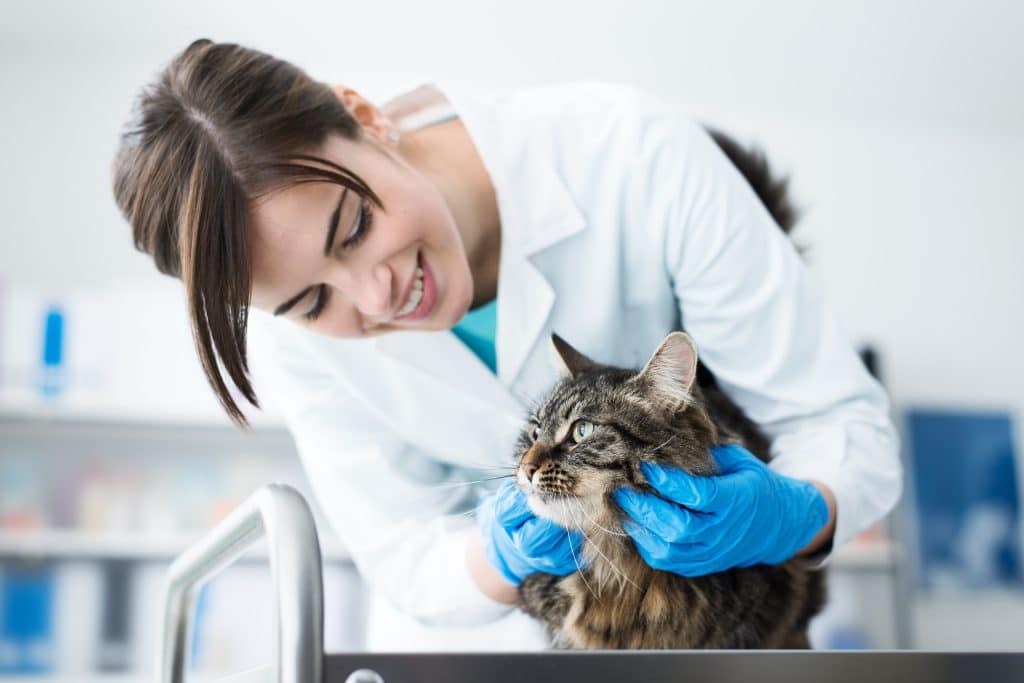
StockPhotoPro/AdobeStock
The yearly premiums change dramatically between these options. According to the North American Pet Health Insurance Association, in 2022, accident-only coverage averaged $122 annually, while accident and illness cost an average of $387. With wellness included, that premium increased to $613. For comparison, yearly veterinary wellness care is between $200 to $600, depending on where you live and the age of your cat.
Currently, most cat owners don’t have pet insurance. I think there are some situations that make it worth your money and that hopefully reduces some anxiety, too!
Things For Cat Owners to Consider:
#1. Indoor versus Outdoor Lifestyle
If you have an adventurous outdoor feline, the chances of your cat having an accident (cat bite wound or being hit by a car) is much higher compared to the indoor feline. Outdoor cats also need to have additional vaccinations—the feline leukemia virus vaccine is the big one—and they will need to have monthly flea, tick, and heartworm preventative medication. Likely, they’ll be out hunting in the garden too. Your veterinarian will recommend yearly or even more frequent fecal exam testing to keep your cat and your family safe. Who wants roundworms!?
Outdoor cats definitely require additional care that comes with associated costs due to a higher risk lifestyle.The good news is they have great environmental enrichment, which improves mental health, and they get more exercise.
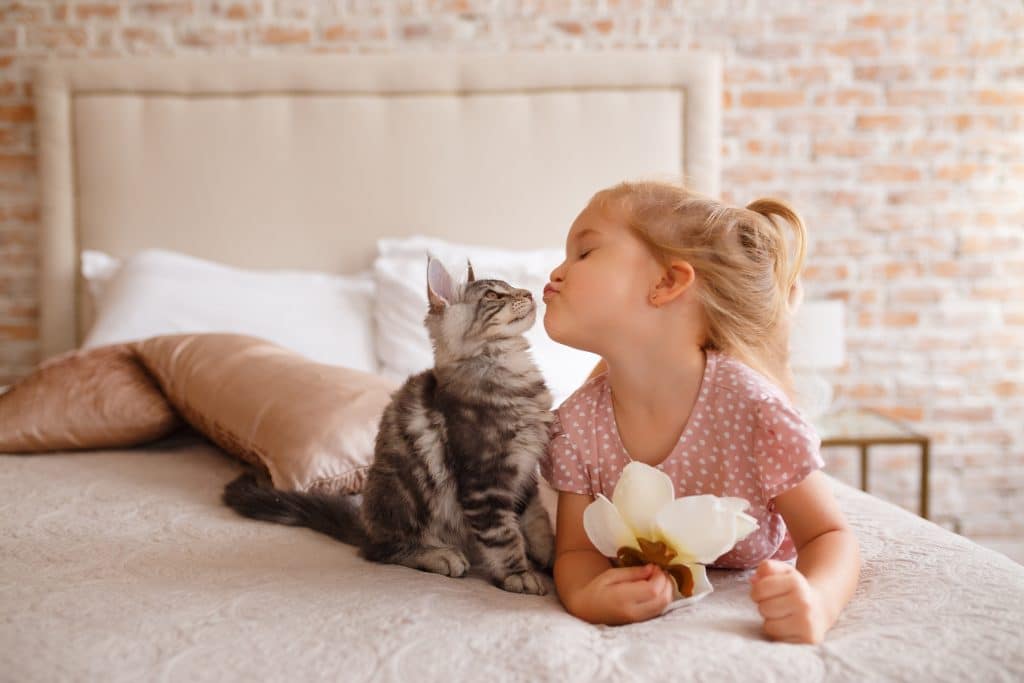
PhotoSunnyDays/Shutterstock
Among cats insured by Nationwide, chronic kidney disease reclaimed the top spot as the most common medical condition, with more than 18,400 individual claims received in 2022. The highest cost from any of the top 10 conditions came in at more than $19,821 for a Georgia cat who suffered a severe diabetic episode.
#2. Dental Care
I am a huge advocate for dental care. It improves cats’ health and well-being dramatically. Please make sure to check out the dental health coverage options in your insurance research. Most cats need dental exams and cleanings multiple times in their lives. Dental care in felines involves blood work, general anesthesia, dental radiographs, dental scaling and polishing, pain medications, and, more often than not, oral surgery. It’s a necessary investment, and I would expect your cat to need it. Oral care kibble does help, but please try to brush, too!
#3. Multiple Cat Households
Those three adorable kittens will all turn ten years old together and enjoy the tuna surprise cake treat and new cat toys, and oh yes, your veterinarian will recommend blood work and blood pressure checks for all of them. They will still need their vaccines and probably some joint support supplements too. Whoa, what a handful!
“As cats reach their senior life stage, we see an increased frequency in chronic conditions like cancer, heart disease, hyperthyroid disease, and chronic kidney disease,” says Dr. Emily Tincher, Senior Director of Pet Health for Nationwide Pet Insurance (petinsurance.com). Remember that across the pet insurance industry, pre-existing conditions are typically excluded from coverage.
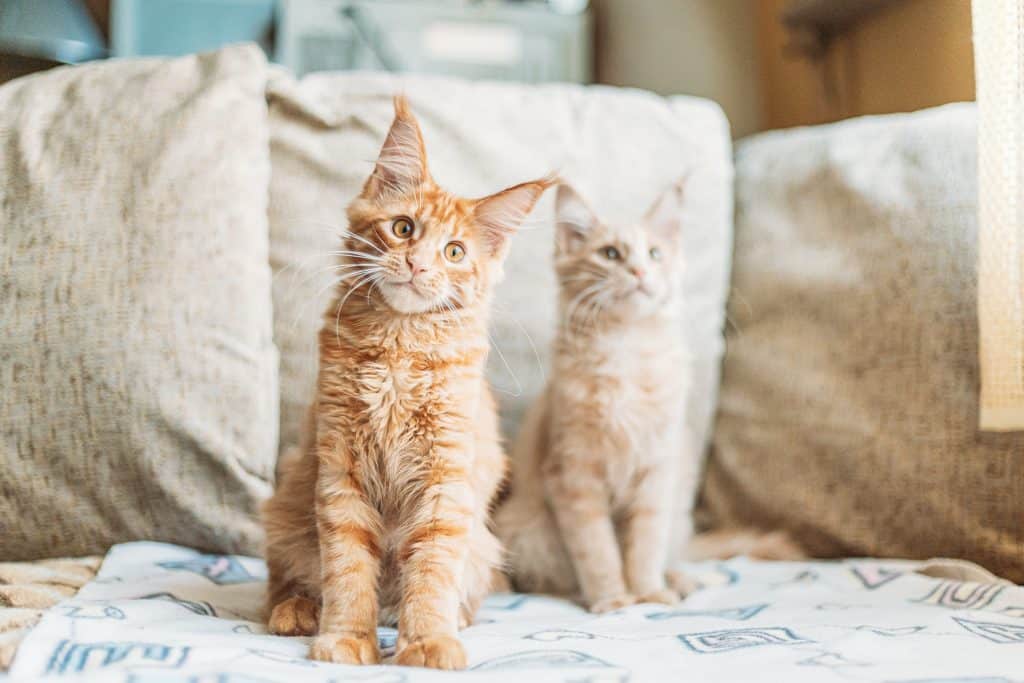
Grisha Bruev/Bigstock
Things Your Cat Might Be Considering:
#1. Should I eat the feather toy?
#2. How much kibble can I inhale in thirty seconds?
#3. How well can I hide my dental pain from my owner?
#4. Where to go prowling tonight?
#5. This plant is delicious. Oh, my belly…
#6. Yes, there are bugs to hunt in the basement!
#7. What pretty flowers the humans brought in for me…
Pet insurance is a great idea, but it should be personalized to your family, your finances, and your feline. After all considerations, pet insurance might help your family out, but only if you check it out!
{Sponsored}
Pet health insurance is the smart way to make sure your pet always gets the best care—without worrying about the cost. A pet insurance plan lets you give your furriest family members the best health care possible by reimbursing you for eligible veterinary costs. Visit any licensed veterinarian in the United States or anywhere else in the world. Submit claims quickly and easily submit claims online for things like illnesses, injuries, or emergency care. Receive reimbursements for eligible vet costs covered under your policy terms. Customize your policy to find the best coverage for your budget. Be prepared for the unexpected and get your pet covered today. petinsurance.com
This article originally appeared in the award-winning Modern Cat magazine. Subscribe today!
Join the newsletter and never miss out on cat content again!
"*" indicates required fields
By clicking the arrow, you agree to our web Terms of Use and Privacy & Cookie Policy. Easy unsubscribe links are provided in every email.





